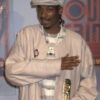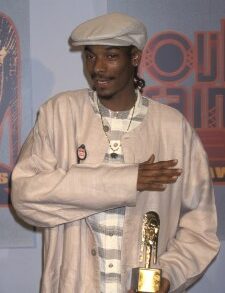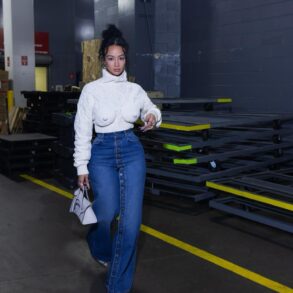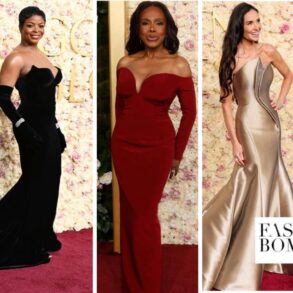Long before the late Chadwick Boseman took up the mantle of T’Challa, a man named Clarence Thomas (not the Supreme Court Justice) was a student at San Francisco State University in the 1960s. Thomas participated in a wave of student protests organized by the Black Student Union and the Third World Liberation Front that led to the creation of the school’s ethnic studies department (the country’s first). He’s also Coogler’s uncle and style icon.
“The Panthers never looked disheveled, rusty or dusty — it’s casual clothing, but it’s neat,” Coogler said. “And that’s what I always noticed about my uncle — he was always put together.”
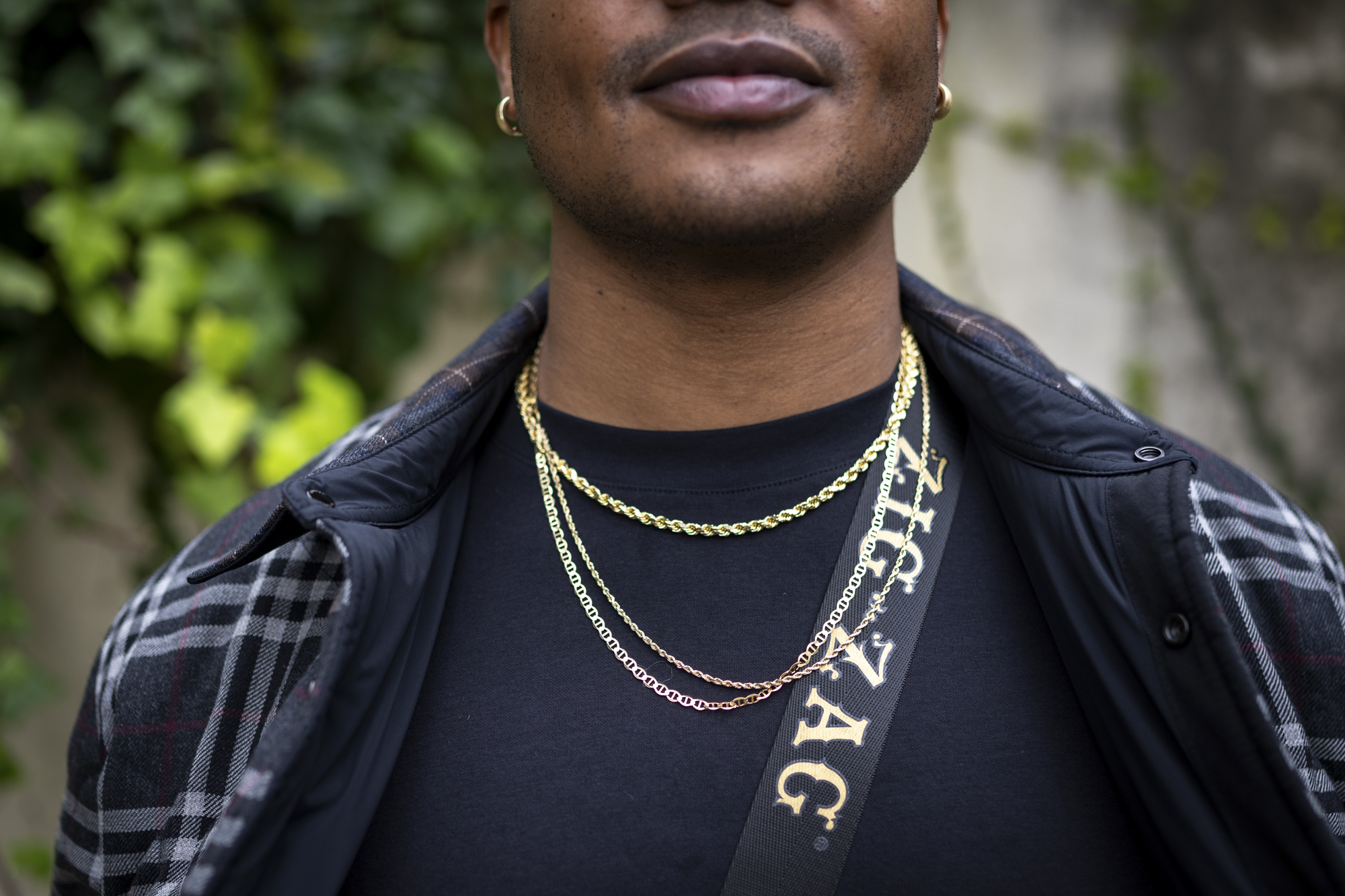
Uncle Clarence wore hardy, wide-legged work pants and a dark blue, wool coat that kept him warm while he worked at the Port of Oakland as a longshoreman, Coogler remembers. And when his uncle wasn’t working — like when he took a young Coogler to a Black history exhibit in Oakland — he carried himself with that same composed ease.
“Even when he wore jeans they would be crisp,” Coogler remembers. “Always had a nice leather belt, nice shirt, really nice jacket and maybe a turtleneck.”
There was a throughline between the practical longshoreman workwear and the semi-professional, Ivy-leaning sensibility of the Black Panthers that cohered in Uncle Clarence’s style. And it resonated with Coogler.
On stage, Coogler’s Dickies, his roomy houndstooth jacket and his collared dress shirt echo all those entwined memories and local family histories, he says.

The displacement of style
When Coogler was just a few years old, his parents couldn’t afford to live in Oakland anymore, despite their strong community ties. Like many other Black families, they were forced to move elsewhere — in the Coogler family’s case, to Richmond.
“Oh man, so when you walk through Oakland now, when you walk through Berkeley now, you can feel the culture shift,” he says. “I remember growing up in the Bay in the ’90s and the early 2000s — I remember it was minorities everywhere, not just Black people, and what happens is we get priced out.”
Coogler sees the corporate techy style that’s overtaken the Bay as part and parcel of that precipitous gentrification, which has decreased Black homeownership in Oakland enormously.
“If you’re a real Bay head, you know that Bay Area people don’t rock Patagonia like that — new Bay Area people do,” he says.
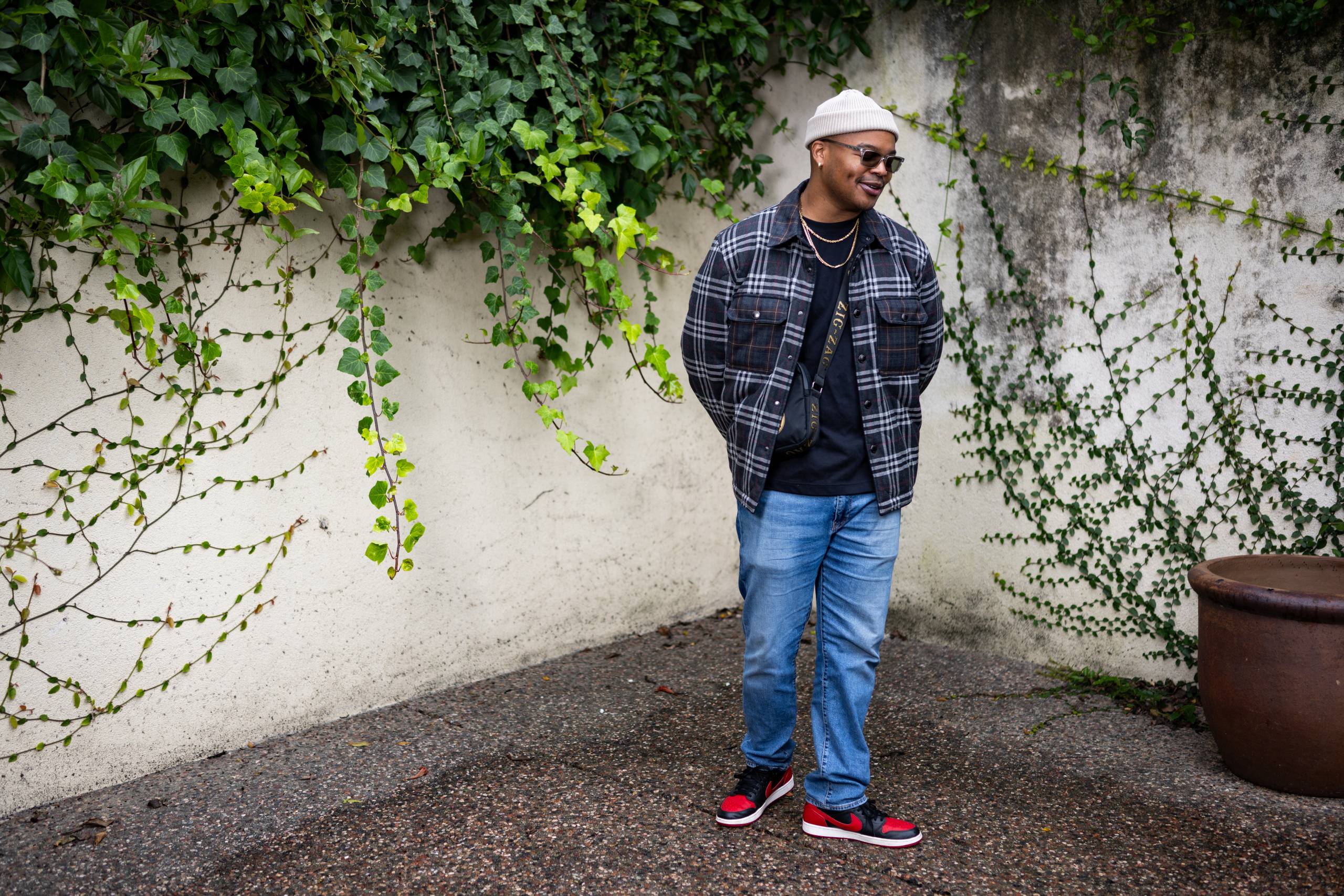
Gorp-y outerwear and soft basics are still very much a part of the Bay’s vernacular. But the regional brand staples for Coogler are like him — they came up in the Bay.
“We wore North Face, but the reason we wore North Face is because we got a North Face dealer in Berkeley,” he explains. “Gap hoodies — big Bay Area thing.”
Coogler wants to move back to Oakland one day, but he recognizes how it’s changed; it’s apparent in how people dress.
This post was originally published on this site be sure to check out more of their content.

